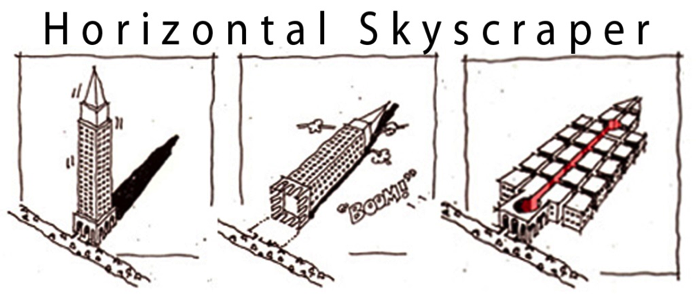By Darren Prince*
There are different views on the importance of banks in regards to what functions banks actually perform and how they interact with other aspects of an economy. There are two main approaches to the banking industry and also within the two approaches there are different theories. The orthodox and heterodox approaches to banking have very different views of the banking industry and the different approaches diverge at the very beginning of their theories. To fully understand the beliefs that are the driving force behind the nature of banking in both approaches a brief description is needed to understand where the theories diverge. The orthodox and heterodox theories diverge in their beliefs on the subject of “money” or more specifically what the origins of money are and what role does “money” play in a capitalist economy. This brief description is needed to understand how each theory developed what they believe to be the nature of banking considering the fact that banks and financial institutions deal with money. The overall purpose of the paper will be to describe the nature of banking within the different approaches and how these theories lead each approach to develop policies and procedures regarding the financial industry that are believed to best serve the efficiency of the United States economy.














